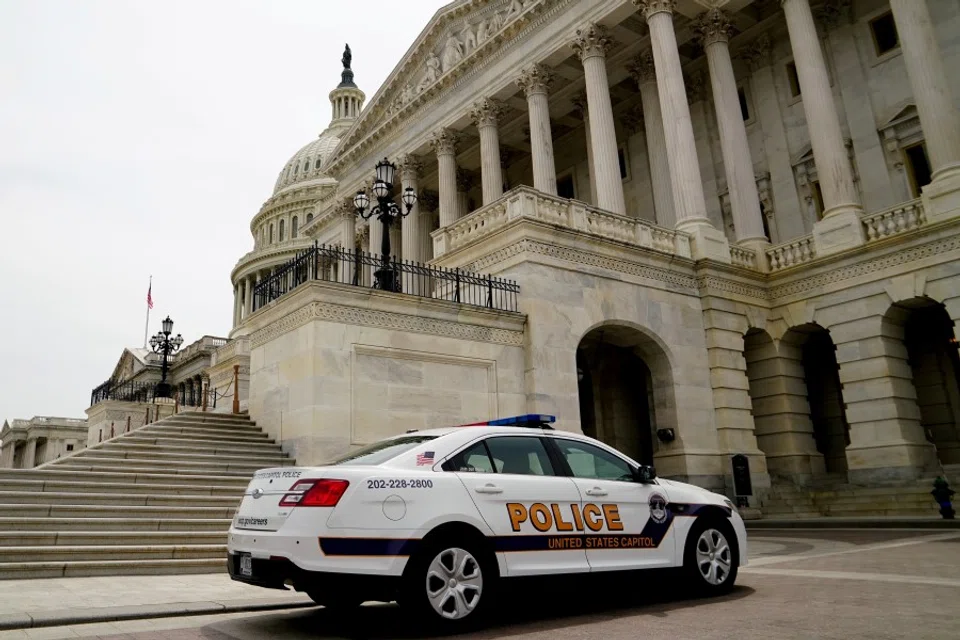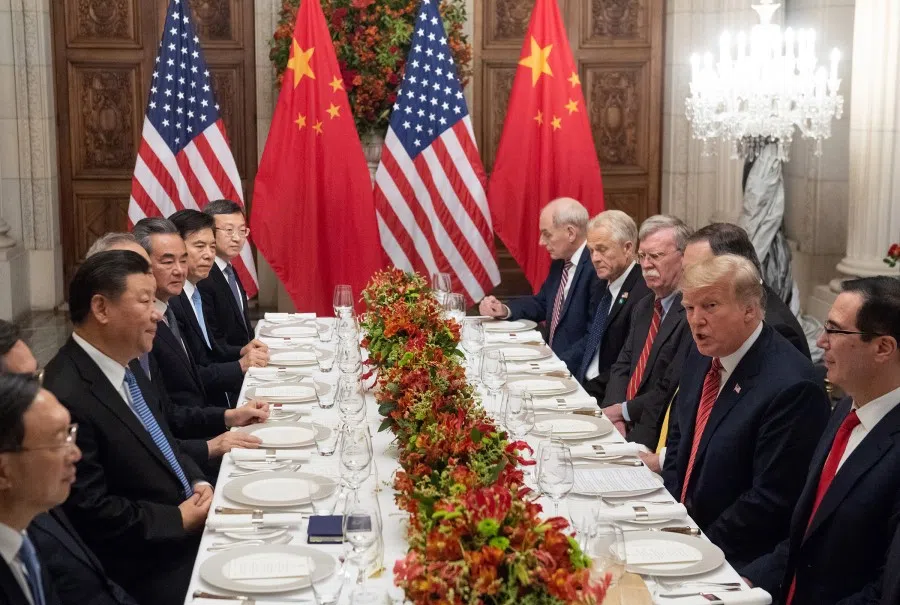America's negative turn against China: Role of the US Congress
In recent years, the US Congress has played a major role in America's unprecedented turn against China. Will China prove to be the factor to bring both parties together in Congress?

Starting in the early years of the Trump administration, Washington has taken an increasingly negative turn towards China. This has largely continued into the Biden administration. At this, the US Congress is playing an important role in serving as ballast, steadying the ship of state to sustain ongoing hardening in the US approach toward Beijing. Congressional motives are sometimes partisan, but more important is the overlap of the Biden administration and congressional priorities. Understanding these domestic dynamics, readers in Southeast Asia can better judge the durability of unprecedented hardening in recent US China-policy leading to acute US rivalry with China throughout the Asia-Pacific.
More often, Congress calculated that administration advances in engagement with China were not worth the costs to US values and interests, notably involving human rights and Taiwan.
Since President Richard Nixon's breakthrough summit with Mao Zedong almost 50 years ago, Congress has played an important but underappreciated role in making and implementing US policy toward the People's Republic of China. Congress often slowed or modified the Executive advancing engagement with China. Sometimes the motives were partisan. Bill Clinton won the 1992 election in part by attacking George H.W. Bush for coddling Chinese dictators. Congressional Republicans reciprocated, attacking Clinton's moderate engagement with China in his second term. More often, Congress calculated that administration advances in engagement with China were not worth the costs to US values and interests, notably involving human rights and Taiwan.
Congress a key factor behind the scenes
The unprecedented negative turn against China over the past four years reflects the leadership of Congress. The historic change began with close collaboration between senior leaders of the Trump government and bipartisan majorities in Congress in the latter part of 2018. This led to a consensus among these policymakers that the multifaceted challenges to US values and interests posed by China represented the most important danger to American security and well being. Previously, efforts to articulate and carry out strategies to counter Chinese challenges were erratic. There was at first serious division within the administration on economic countermeasures against China. And the efforts remained challenged as President Trump for years vacillated between criticism of China's practices and avowed friendship with China's leader.

Bipartisan majorities in Congress proved much steadier in making a matter of law a host of provisions targeting China, collectively calling for a "whole of government" effort to counter China's challenges in the National Defense Authorization Act passed in August 2018. Concurrently, the Trump administration effected punitive tariffs and restrictions on high technology sales to China and Chinese acquisitions of US high technology firms. These measures resulted in the so-called trade war. A truce was called in December 2018 and talks began that lasted through 2019 resulting in a phase one agreement in January 2020.
It took the Covid-19 pandemic to support a bipartisan approach to China.
President Trump reportedly was more interested in a beneficial trade deal than in his administration's declared China strategy. US public opinion in 2019 showed little support for the administration's tough approach toward China; in fact, mainstream media focused on Trump's antics, neglecting the new policy. Democratic presidential candidates including Joseph Biden devoted little attention to China. Biden repeatedly argued that the US was much stronger than China. Jake Sullivan - one of Biden's campaign advisers, and now President Biden's national security adviser - reasoned that the Democrats' lack of attention to China as a danger was in line with US public opinion. Confronted with such diverse views, Congress persevered with the whole of government approach, as did several Executive Branch departments, but it was far from clear if the new hard line would last.
It took the Covid-19 pandemic to support a bipartisan approach to China. The pandemic hit America with a vengeance, involving over 100,000 dead by June 2020 and the biggest contraction in economic growth and employment in almost a century. This upended both Republican and Democratic campaigns. China avoided responsibility for allowing the virus to spread abroad with devastating consequences; instead, Beijing officials supported unsubstantiated charges that the virus was clandestinely planted in China by the US military. President Trump and other officials vehemently counterattacked. Amid acrimonious charges and countercharges, American public opinion turned sharply against the Chinese government. China was seen as a threat by nine in 10 Americans.
Responding to the change in popular sentiment towards China, the presidential campaign featured President Trump standing up firmly to Chinese challenges. Trump held Biden responsible for past failed China policies. In response, Biden adopted much tougher public postures on China. The administration unleashed an explosion of initiatives against China. They were fully backed by bipartisan legislation in Congress.

When Biden was elected president in late 2020, many observers in Taiwan, Southeast Asia, India and elsewhere in the Indo-Pacific advised that Biden and his senior aides, veterans of the Barack Obama administration, would put aside campaign toughness and revert to the moderation of the Obama years. However, such predictions ran up against Congress, steadfast in a hard approach toward China. In the opposite camp, Republicans followed Trump's lead and remained vigilant. They prepared to attack what they saw to be a moderation in the Biden administration's approach toward China.
The calculations of US national interests done by the Biden government appear to mirror those of moderate Democratic congressional leaders and their Republican colleagues, suggesting a lasting policy synergy.
In the end, President Biden saw the wisdom of bringing his Chinese policy priorities in line with those of leading Democrats who were working closely with Republican colleagues in crafting legislation and supporting other measures to strengthen America to effectively counter Chinese adverse challenges. For example, the administration proposed tens of billions of dollars for high technology development in order to sustain US leadership in the face of China's challenges. It followed the guidelines of Senate Intelligence Committee Chair Mark Warner, a former high technology entrepreneur and moderate Democrat relied on by Biden to deal constructively with Republicans in Congress.
Looking ahead Congress looms large in recent predictions that the negative US turn targeting China will continue during the Biden government. The resulting acute US rivalry with China impacting Southeast Asia and the Indo-Pacific will endure. The partisan costs of a unilateral shift toward moderation with China appear to be significant. The calculations of US national interests done by the Biden government appear to mirror those of moderate Democratic congressional leaders and their Republican colleagues, suggesting a lasting policy synergy.
This article was first published by ISEAS - Yusof Ishak Institute as a Fulcrum commentary.
![[Big read] Paying for pleasure: Chinese women indulge in handsome male hosts](https://cassette.sphdigital.com.sg/image/thinkchina/c2cf352c4d2ed7e9531e3525a2bd965a52dc4e85ccc026bc16515baab02389ab)



